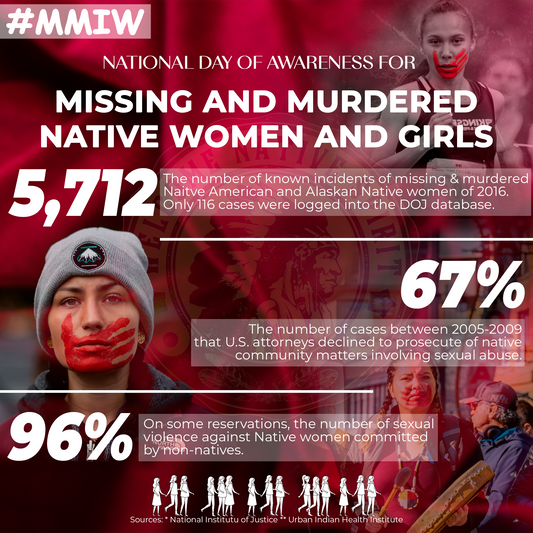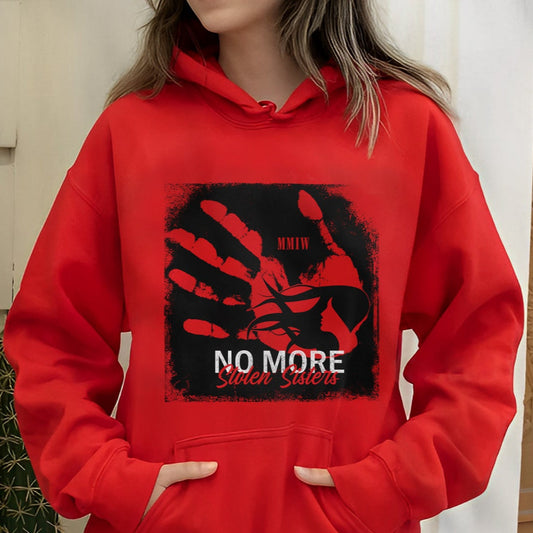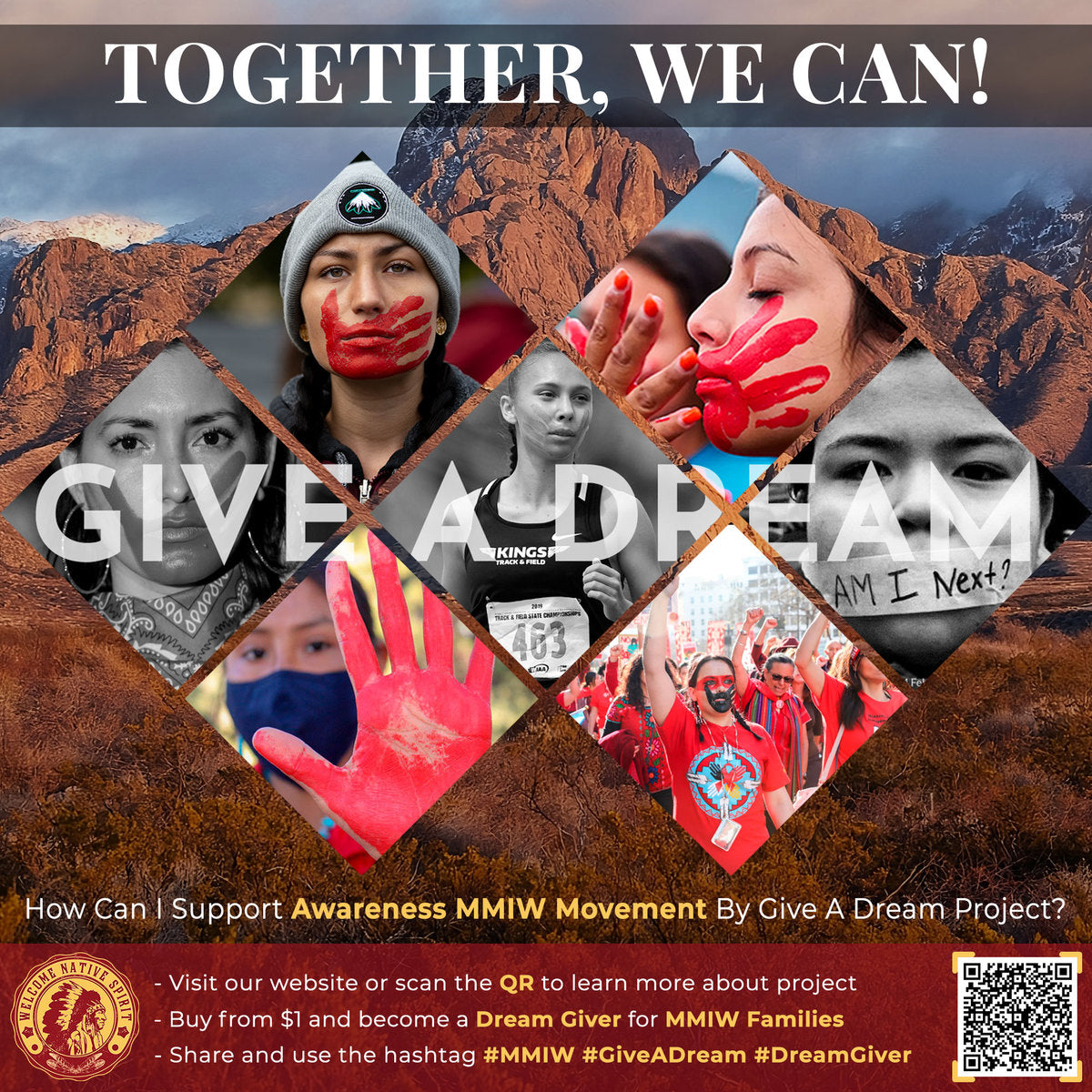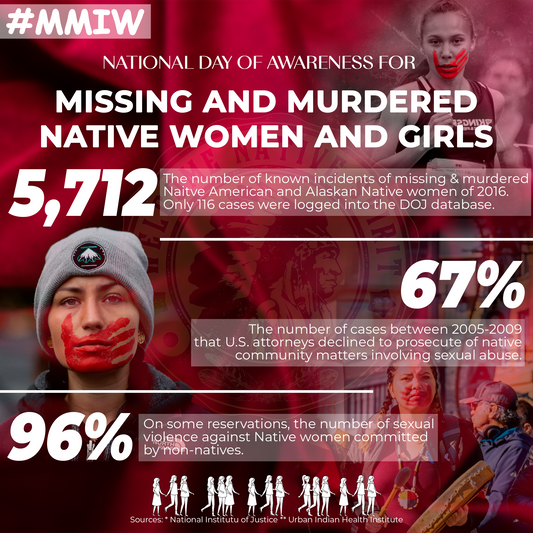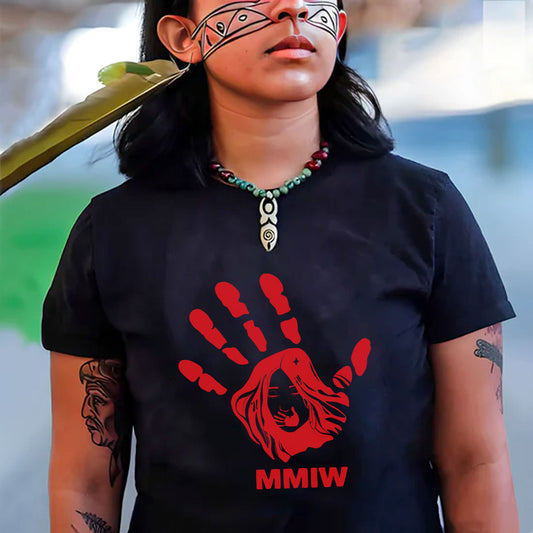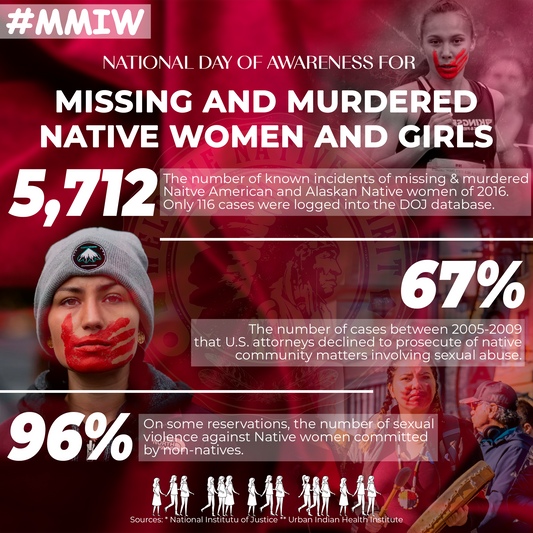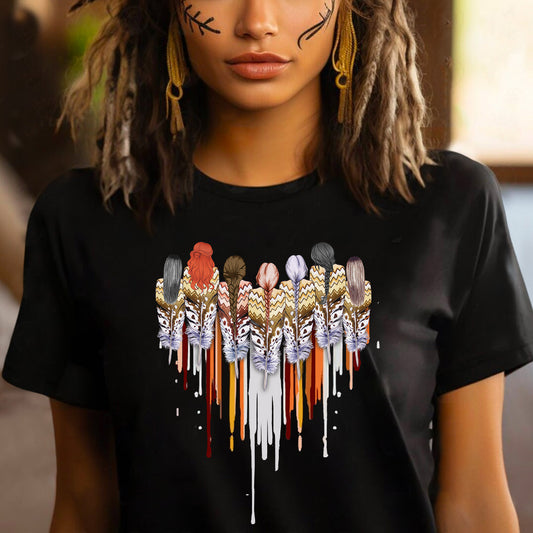History of the Jingle Dress Dance

The Jingle Dress Dance began with the Mille Lacs Band of the Ojibwe Tribe in the early 1900s and became prevalent in the 1920s in Wisconsin and Minnesota (Great Lakes region) in the US and in Ontario, Canada.
The story is that the dress was first seen in a dream. A medicine man’s granddaughter grew sick, and as the man slept his Indian spirit guides came to him and told him to make a Jingle Dress for the little girl. They said if the child danced in it, the dress would heal her. The Jingle Dress was made, and the tribe came together to watch the child dance. At first, the child was too sick to dance alone so her tribe carried her, but after some time, the little girl was able to dance alone, cured of her sickness.
The dance has since been not only a ritual of healing but also one of pride.
What Do Jingle Dresses Look Like?
Jingle Dresses, also known as Prayer Dresses, are believed to bring healing to those who are sick. As mentioned above, the dance gets its name from the rows of ziibaaska’iganan (metal cones) sewed to the dress. These cones are traditionally made from rolled snuff can lids and hung from the dress with ribbon close to one another, so they make a melodic sound as the girls and women dance. Traditionally, the dress is adorned with 365 visible jingles, or cones. Nowadays, these cones are often machine-made.
The dresses come in every color imaginable, from yellow to bright blue, to deep red, and accented with sparkles and even neon-colored fabrics. They are often made with shiny and sparkly materials and decorated with fringes, embroidery, beading, and more.
They usually have three-quarter length to full-length sleeves and come down to mid-calf or the ankle. They are secured at the waist with a thick belt, often made of brown leather. On their feet, the dancer wears decorative moccasins embellished with the same kind of detail found on their dresses.
What are the steps for the Jingle Dance?
As the ziibaaska’iganan hit one another it sounds like rain falling, so it’s important for the dancer to be light on their feet, to move in time with the drum and stop when the beat stops. They keep their foot movements low to the ground while dancing, kicking their heels and bouncing on their toes to the music. Typically, this dance is done in a zigzag pattern, said to represent one’s journey through life—or so the story goes. Often, they keep their hands on their hips, and if they are dancing with a feathered fan (full of neutral colors, like eagle feathers) as the more modern Jingle Dress Dancers do, they will raise it into the air as they dance to receive healing.
The traditional Indian dance involves low, soft-footed steps, as could be performed by those who were sick, while the modern competitive dancers push the boundaries some as they try to out-dance their competitors. The manner in which the dance has evolved has built firmly on its origin story.
What are the songs and music for Jingle Dance?
The music for this style of dancing has a foundation of a solid drumbeat, and of course, the metal cones make a loud jingling (hence the name) as the women move, which contributes to the music you’ll hear at a Jingle Dress Dance. Jingle Dancers will usually dance to Northern drum groups. Special songs for Jingle Dance include a Side Step or Crow Hop.




![[Two Sides] Trail of Tears The Deadly Journey Unisex T-Shirt/T-Shirt V-Neck/Hoodie/Sweatshirt](http://welcomenativespirit.com/cdn/shop/files/20_2bae9cf5-c07c-4ea5-a8ea-de74aa71325d_533x.jpg?v=1757466962)
![[Two Sides] Trail of Tears The Deadly Journey Unisex T-Shirt/T-Shirt V-Neck/Hoodie/Sweatshirt](http://welcomenativespirit.com/cdn/shop/files/gray_-2side_b51af6c7-cea9-4004-90db-cb8d883be04a_533x.png?v=1759742586)

